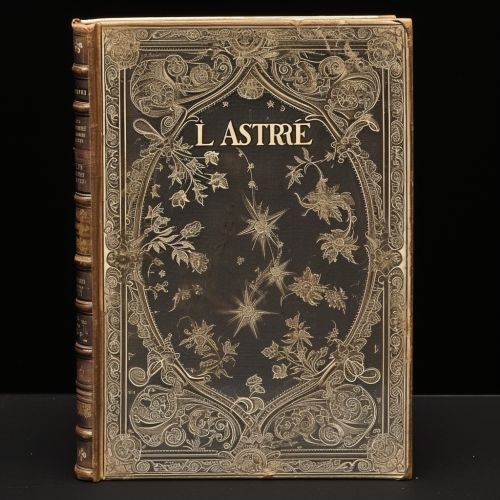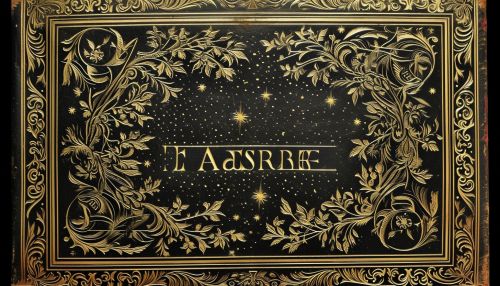L'Astrée
Overview
L'Astrée is a pastoral novel written by Honoré d'Urfé during the early 17th century. It is considered one of the most influential works of early modern fiction, shaping the development of the novel as a literary form in Europe.


Background
L'Astrée was written by Honoré d'Urfé, a French author and nobleman, between 1607 and 1627. The novel is set in the 5th century AD during the reign of the Merovingian dynasty in France. The story takes place in the region of Forez, which is depicted as an idyllic pastoral landscape.
Plot
The novel follows the romantic entanglements of four shepherds and shepherdesses: Astrée, Celadon, Diane, and Silvandre. The main plot revolves around the love story of Astrée and Celadon. Despite their deep love for each other, misunderstandings and miscommunications lead to a series of complications that keep them apart.
Themes
L'Astrée explores themes of love, honor, and friendship. It also delves into the complexities of human emotions and the societal norms of the time. The novel is known for its detailed exploration of the concept of Platonic love and its influence on the characters' relationships.
Influence and Legacy
L'Astrée had a profound influence on the development of the novel as a literary form. Its focus on character development, psychological insight, and intricate plot structure set a new standard for narrative fiction. The novel's influence can be seen in the works of later authors such as Madeleine de Scudéry and Madame de La Fayette.
